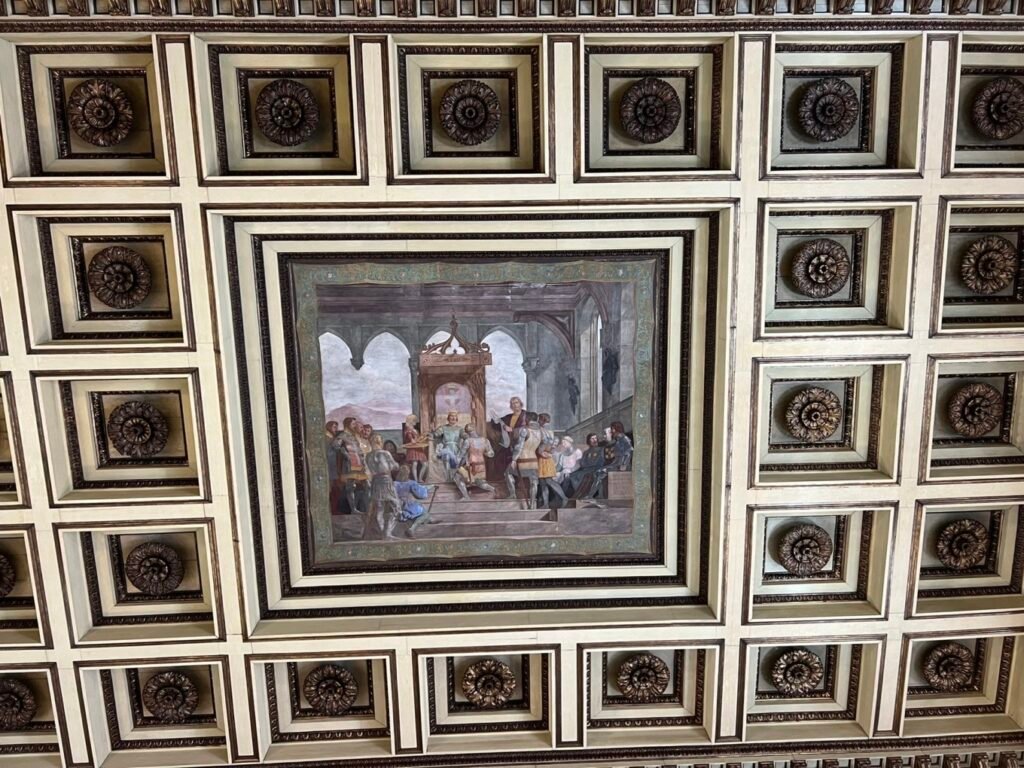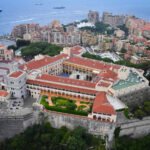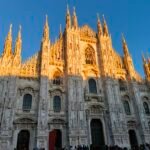Turin is located in northern Italy, unlike the fiery southern cities, it resembles a reserved man quietly working away. Although Turin may seem less renowned among Italy’s famous tourist destinations, it holds a unique charm upon closer inspection. Before diving into the details, learning a few Italian phrases will make your trip easier, as Italians are notoriously poor with English. You can greet or say goodbye with “Ciao,” express thanks with “Grazie,” say “yes” with “Sì,” and apologize or say excuse me with “Scusi.” Most importantly, remember that “Gelato” means ice cream, so whenever you see this word on the street, it’s a sign to step in and indulge.
My trips typically begin in Florence, and I am familiar with train and bus transportation, so I’ve gathered information on additional travel options for reference.
Flights: Turin Caselle International Airport is a small airport with limited routes, mainly serving European carriers’ regional flights. It is conveniently close to the city, making it a good option for football fans, as the airport is only a 15-minute taxi ride to the Allianz Stadium. A shuttle bus connects the airport to Turin’s main train station (single trip costs €6.5). Additionally, there are direct buses from Milan Airport to Turin’s Porta Susa train station (single fare €22), with frequent departures approximately every hour.
Trains: As mentioned earlier, Italy offers two types of trains. The high-speed trains, which are cheaper if booked early, can be purchased via station vending machines or online. When bought online, a digital version can be shown to the ticket inspector. The regional trains have relatively stable fares, but remember to validate the ticket at the station before boarding. Seating is unassigned, so you can sit anywhere available. One challenge with European train stations is the lack of clear signage, so it’s important to arrive early and find your platform in advance. If in doubt, show your ticket to staff, and they’ll assist you. Turin has two train stations: Porta Nuova and Porta Susa. They are not very close to each other, so ensure you select the correct station when purchasing tickets.
Buses: Turin has an efficient public transportation network. A multi-use ticket is recommended. Routes can be found using Google Maps.
Car Rentals: Renting a car can also be arranged online. Italy tends to offer cheaper rates the earlier you book, so if you plan to rent a car for two or more people, early reservations are advisable. However, I haven’t explored specific rental companies to recommend. Another convenient option is car-sharing. Turin has many shared cars available at reasonable rates, which I recommend if you’re visiting out-of-town attractions not easily accessible by public transport. Many of Turin’s main attractions are close to one another, making walking a great option.
Regarding food: Turin doesn’t have any particularly unique dishes. A friend took me to a restaurant serving pizza and oysters, where the oysters were cooked with tomatoes and served with bread to soak up the rich sauce, which was quite delicious. If you’re unsure where to eat, I recommend opening Google Maps, where nearby restaurants are listed with user reviews and photos—these reviews are generally objective.
In the morning, you can stop by a bar along the street for a coffee and a croissant. In Italy, bars serve breakfast in the morning, quick meals at lunch, and alcohol in the evening. I suggest avoiding espresso, as it’s small and bitter. Instead, order something with latte—which means milk in Italian—ensuring you get a larger, less bitter drink.
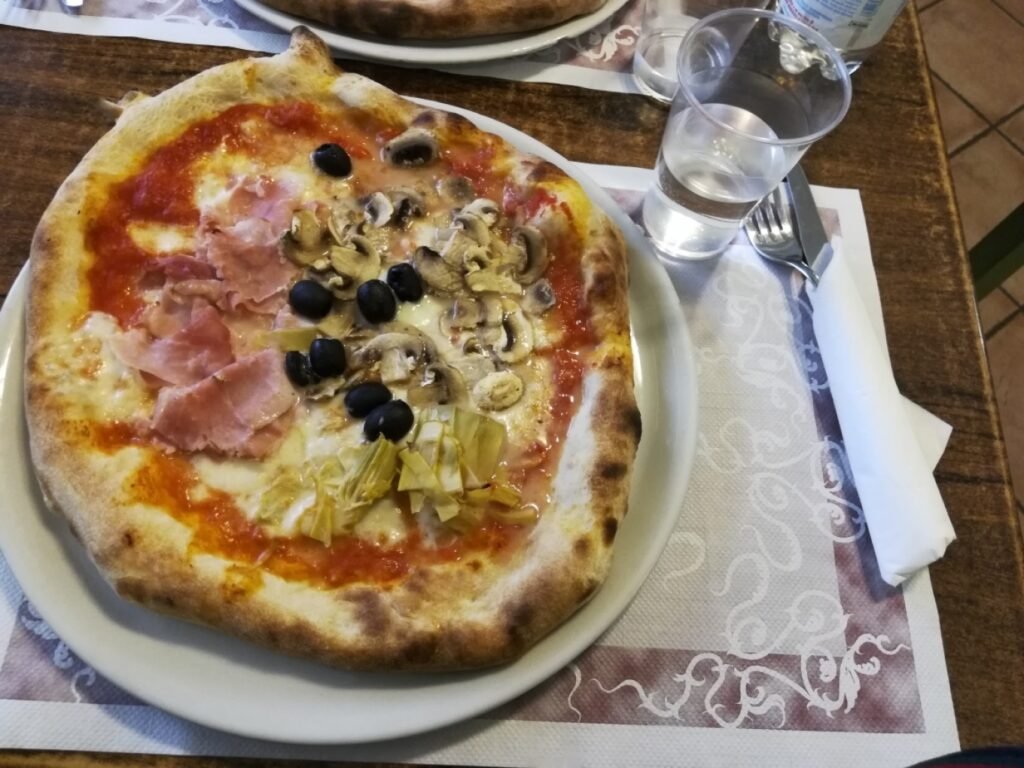
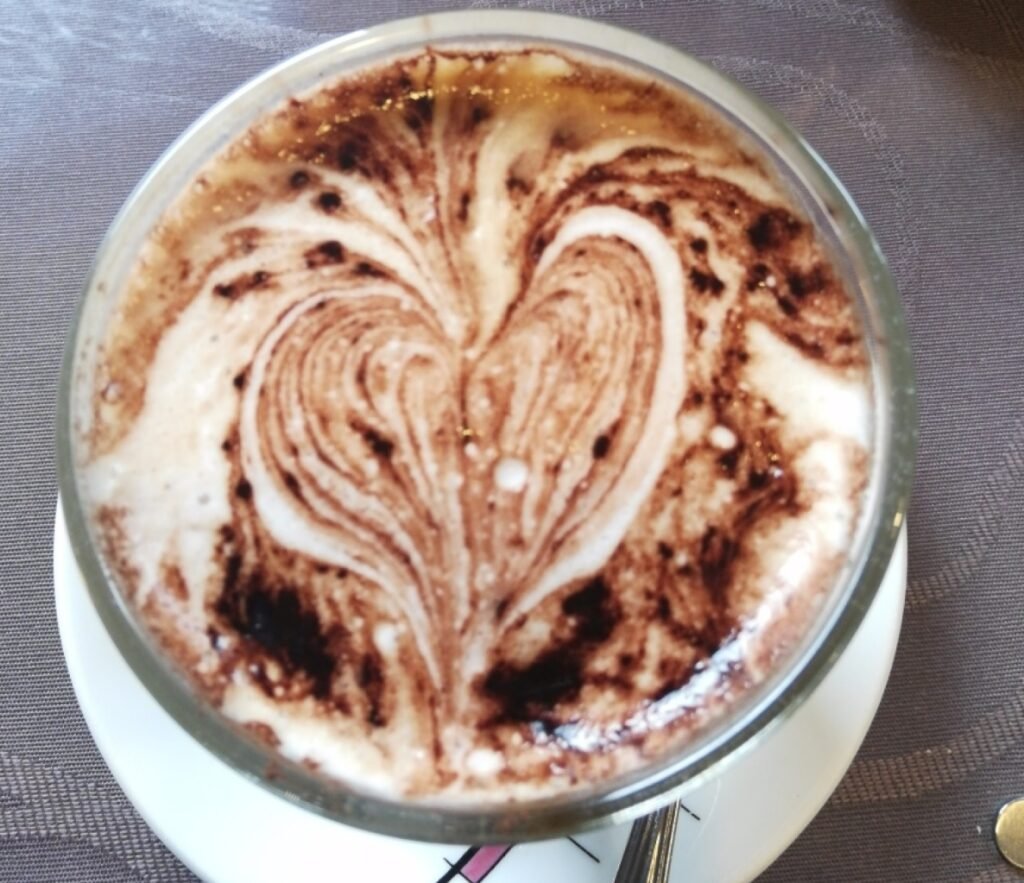
Sightseeing Recommendations:
Turin boasts several fantastic museums, making it a must-visit for museum enthusiasts.
National Cinema Museum
This is easily my favorite museum in Europe. The ticket price is about 10 euros, and it’s worth every cent. The museum offers a detailed look at the history of cinema, with numerous fascinating early film devices on display, such as the phenakistiscope. What makes this museum truly unique is its interactive nature—many exhibits allow visitors to engage with them. You’ll also encounter iconic characters and scenes from cinema history throughout the museum.
In the main hall, there’s a row of red recliners where you can relax and watch classic films after exploring. Conveniently, the Cinema Museum is not far from the Egyptian Museum, making it easy to visit both in one day if you’re short on time.
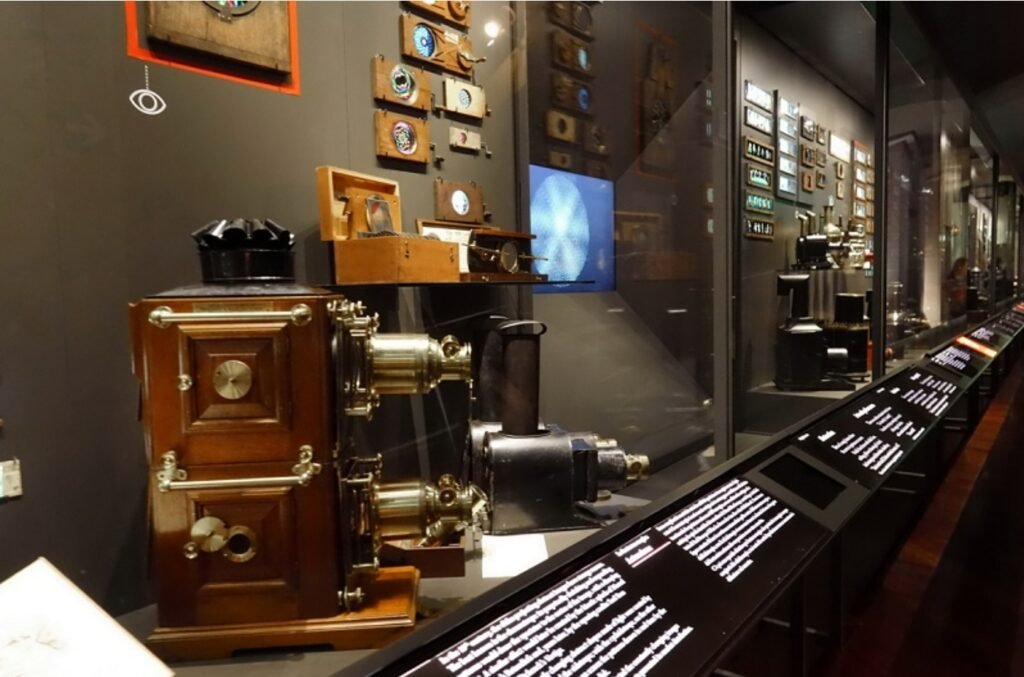
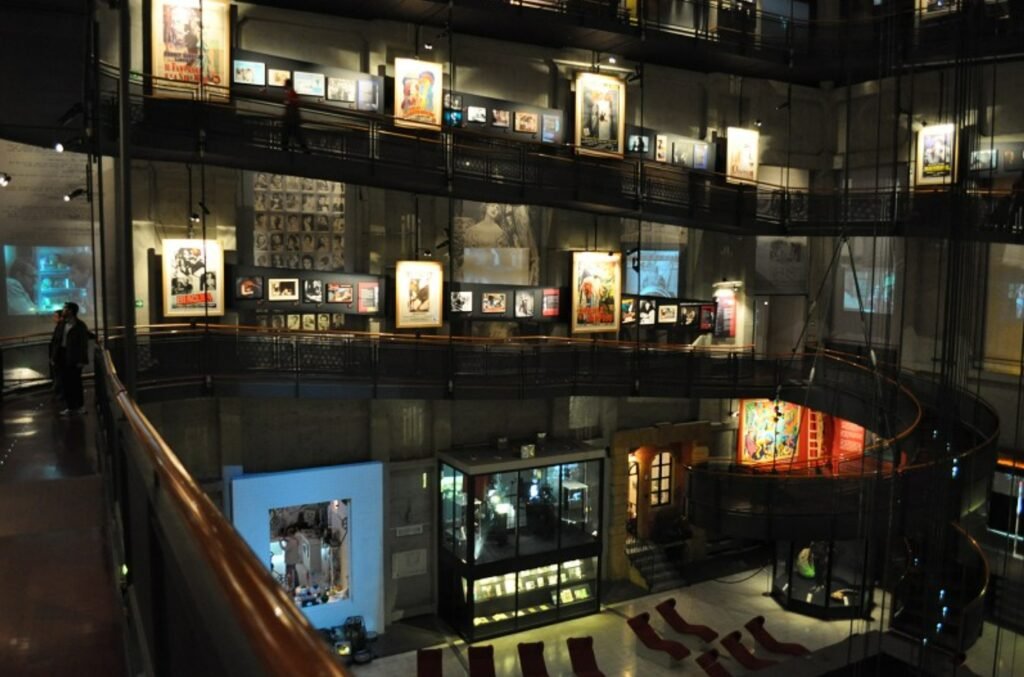
Top Recommendation: Egyptian Museum (Museo Egizio di Torino)
As a passionate admirer of Egyptian culture, I highly recommend reserving at least half a day, if not a full day, for this museum. It is the oldest Egyptian museum in the world and second only to the Egyptian Museum in Cairo in terms of significance.
The collection spans over 4,000 years of history, from the Pre-dynastic period to the Coptic period, with tens of thousands of artifacts. If you’re interested in mummies and Egyptian culture, I suggest renting an audio guide at the entrance (a Chinese version is available), making the experience more engaging as you explore.
The museum preserves numerous human and animal mummies, so those who are easily frightened might choose to skip certain exhibits. It’s conveniently accessible by both tram and bus, making transportation to the museum straightforward.
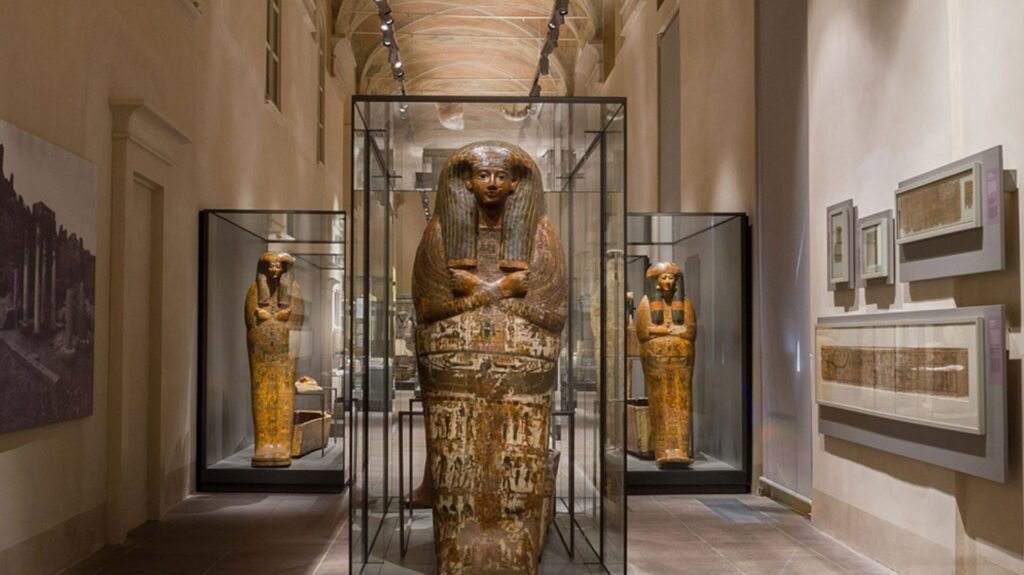
Palazzo Madama
Palazzo Madama is one of Turin’s iconic landmarks. This ancient castle originally served as a monastery and later became a palace for the House of Savoy. The palace itself is a beautiful work of art, with its Baroque-style architecture radiating charm at every moment.
Inside this magnificent castle, over 600,000 paintings, sculptures, and other artworks are housed. Situated in the heart of Turin, the palace’s guard tower offers one of the best views of the city. From its windows, visitors can gaze out over the scenic streets of Turin.
Museo Nazionale dell’Automobile (National Automobile Museum)
The National Automobile Museum was founded by the creator of Fiat, aiming to showcase 300 years of automotive innovation. The museum displays a variety of cars, from steam-powered models to the latest designs. Even though I don’t know much about cars, the diverse shapes and styles of the exhibits fascinated me. For car enthusiasts, this museum is a must-visit destination.
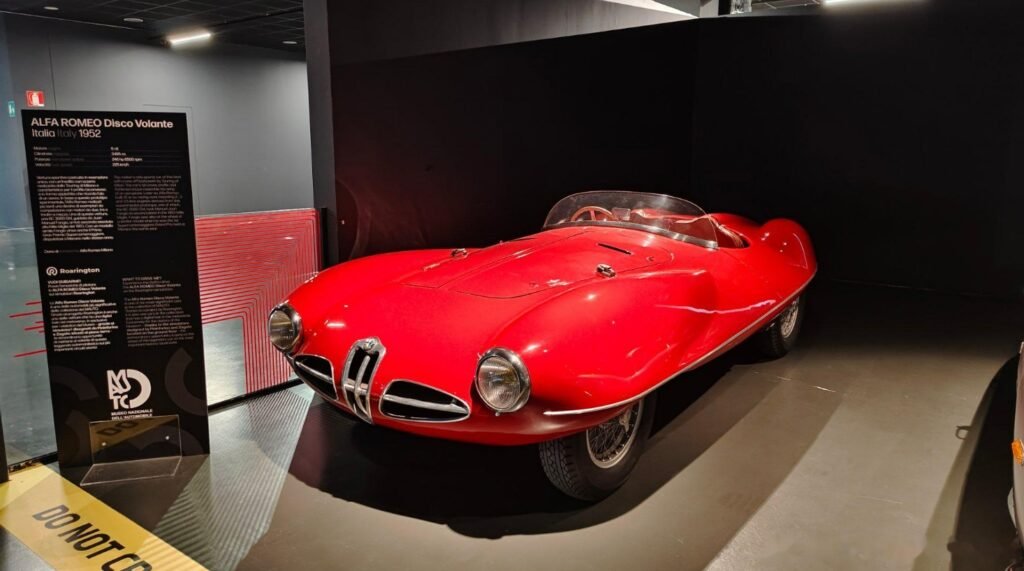
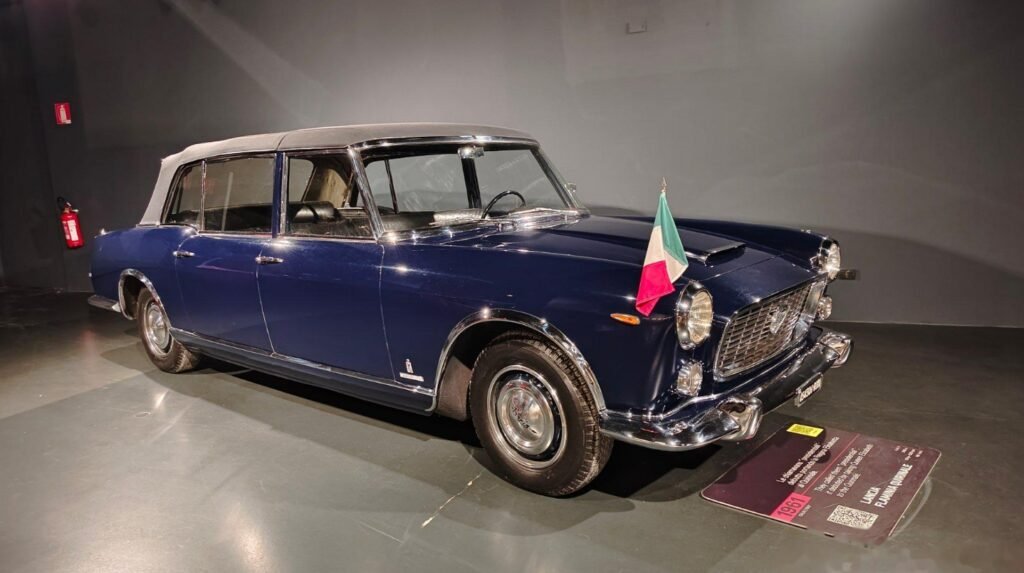
Allianz Stadium (Alpi Stadium)
This is a must-see for football fans. Due to limited time, I couldn’t visit, but public transportation is available for easy access. If you want to watch a match, remember to book tickets online in advance.
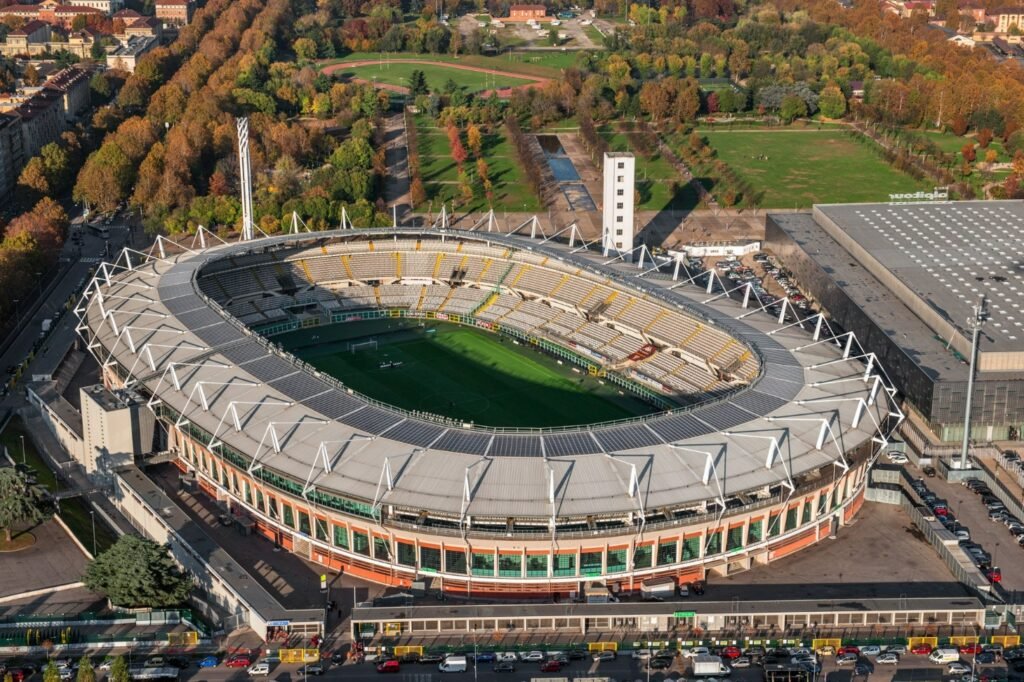
Stupinigi Hunting Lodge (Palazzina di Caccia di Stupinigi)
The Stupinigi Hunting Lodge is a gem in Turin’s architectural history. It opened in 1729, offering a glimpse into the royal lifestyle of the House of Savoy. Though described as showcasing royal extravagance, compared to the Forbidden City, it feels rather modest. To be honest, many European palaces and estates look quite similar, so visitors can decide whether to explore it. This palace features a corridor popular among photographers, making it a perfect spot for capturing impressive photos. Since it’s far from the city center and public transport isn’t available, renting a car is recommended to get there.

